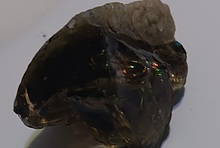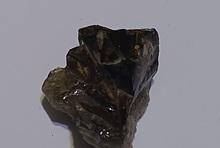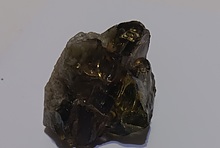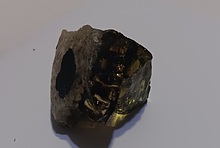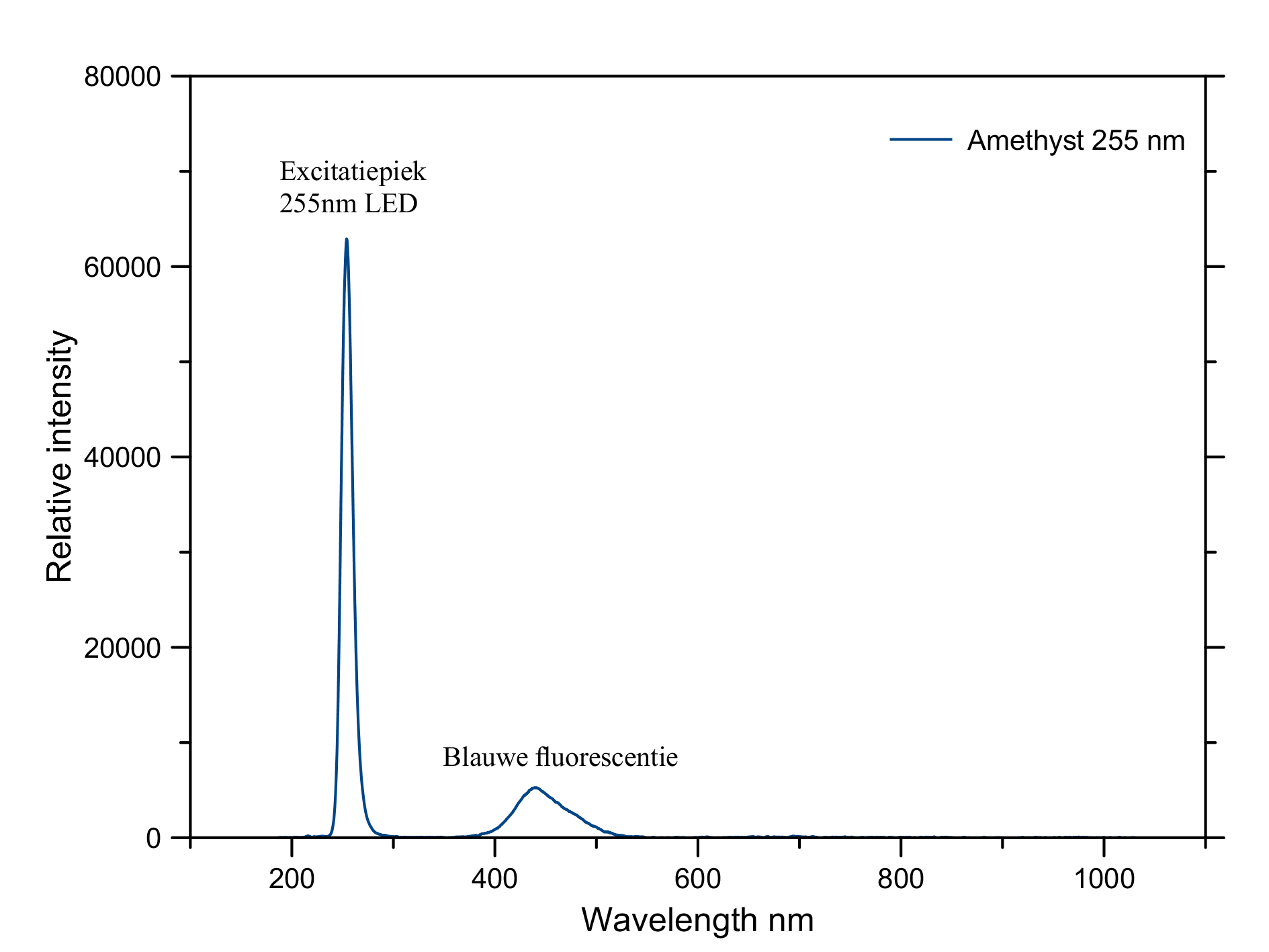Home PageAbout MindatThe Mindat ManualHistory of MindatCopyright StatusWho We AreContact UsAdvertise on Mindat
Donate to MindatCorporate SponsorshipSponsor a PageSponsored PagesMindat AdvertisersAdvertise on Mindat
Learning CenterWhat is a mineral?The most common minerals on earthInformation for EducatorsMindat ArticlesThe ElementsThe Rock H. Currier Digital LibraryGeologic Time
Minerals by PropertiesMinerals by ChemistryAdvanced Locality SearchRandom MineralRandom LocalitySearch by minIDLocalities Near MeSearch ArticlesSearch GlossaryMore Search Options
The Mindat ManualAdd a New PhotoRate PhotosLocality Edit ReportCoordinate Completion ReportAdd Glossary Item
Mining CompaniesStatisticsUsersMineral MuseumsClubs & OrganizationsMineral Shows & EventsThe Mindat DirectoryDevice SettingsThe Mineral Quiz
Photo SearchPhoto GalleriesSearch by ColorNew Photos TodayNew Photos YesterdayMembers' Photo GalleriesPast Photo of the Day GalleryPhotography
╳Discussions
💬 Home🔎 Search📅 LatestGroups
EducationOpen discussion area.Fakes & FraudsOpen discussion area.Field CollectingOpen discussion area.FossilsOpen discussion area.Gems and GemologyOpen discussion area.GeneralOpen discussion area.How to ContributeOpen discussion area.Identity HelpOpen discussion area.Improving Mindat.orgOpen discussion area.LocalitiesOpen discussion area.Lost and Stolen SpecimensOpen discussion area.MarketplaceOpen discussion area.MeteoritesOpen discussion area.Mindat ProductsOpen discussion area.Mineral ExchangesOpen discussion area.Mineral PhotographyOpen discussion area.Mineral ShowsOpen discussion area.Mineralogical ClassificationOpen discussion area.Mineralogy CourseOpen discussion area.MineralsOpen discussion area.Minerals and MuseumsOpen discussion area.PhotosOpen discussion area.Techniques for CollectorsOpen discussion area.The Rock H. Currier Digital LibraryOpen discussion area.UV MineralsOpen discussion area.Recent Images in Discussions
Techniques for CollectorsOcean Optics spectrometers

30th Jan 2011 18:53 UTCHenry Barwood
The resolution of the reconfigured unit is below 2 nm, and the light gathering power is excellent. I plan on using it for cathodoluminescence and fluorescence spectroscopy. As it is now, the spectrometer has superb light gathering power and can perform very low light level examination of luminescence.
There are a lot of S2000 and HR2000 spectrometers on the surplus market that can be upgraded at relatively low cost. Anyone interested in mineral spectroscopy should keep an eye out for them.
9th Feb 2011 04:54 UTCJamey Swisher

10th Feb 2011 02:54 UTCHenry Barwood
I've tried playing with the other software, but I'm afraid that OO has you by the reproductive tissue with their file formats. I will say that I'm really impressed with the capabilities of the spectrometer.
Henry
18th Feb 2011 04:56 UTCJamey Swisher
Yes, the OO spectrometers are some of the best on the market IMHO. Very sensitive and accurate if calibrated and used properly, of course. Even the older units, like the S2000, and such are amazing units with excellent abilities and can be had used for under $1300 ready to go! There are some older ISA OO card units with light and cuvette holder and cables and sampling optics going for under $500-$600 a set typically, if you have an older PC with an ISA slot available you could get started extremely cheaply!!
There is also the GemSpec GL spectrometer, a little less sensitive but an excellent unit for the money I think. Light source is excellent for gemstones and an all in one setup but a bit limited in nm range. But it comes with an excellent database too.
http://www.cigem.ca/research-technology/gl-gem-spectrometer

18th Feb 2011 17:29 UTCHenry Barwood
I would not recommend anyone get a card based spectrometer like the S2000. They are excellent units, but have limited adaptability to newer computers. The USB versions are more flexible. FYI, my total investment in the HR2000 (upgraded to the same as the HR4000-ES) was under $1200. Since Tucson, I've been bogged down a bit and have not been able to set up some of my FL and CL spectrography, but it will be coming soon. I'll keep you posted.

28th Feb 2011 04:49 UTCBart Cannon
I made a hot-melt glue vacuum feed through and an alignment jig for the OO probe fiber which I twisted into place very near the electron spot.
Paul Schlicta of Crystal Research, and I were working on PET SCAN scintillator performance.
I can get a cathodluminescence (CL) spectrum from a 5 micron illumination area. This created a stir at the last GSA meeting here in Seattle.
I haven't learned how to use the OO for absorption spectra of transparent minerals yet, though I have had phone instructions from the GIA's former spectroscopy expert, Shane Elen. He has recently moved back to the Seattle area.
You can see a cathodoluminscene spectrum from one of Drake and Weill's REE probe standards at
http://www.cannonmicroprobe.com/Methods_Services.htm
28th Feb 2011 10:51 UTCJolyon Ralph Founder
A = log10 ( 1/ T)
where T is the transmission value from 0 to 1
I've been doing quite a lot of work taking the files in from USB Spectrometers for another project recently. If you're doing work with minerals or gems using a USB spectrometer please get in touch with me and I can discuss some of these things offline.
Jolyon

28th Feb 2011 20:24 UTCHenry Barwood
Sounds outstanding. I would love to have that kind of spacial resolution. I use a Luminoscope for my CL work, and I'm working on narrowband filtered UV sources (to eliminate Hg lines) for fluorescence work. Perhaps some time in the future laser or LED sources will be inexpensive enough to replace the Hg lamps.

1st Mar 2011 02:02 UTCBart Cannon
Thanks for your offer, but my OO USB module is temporarily out of my lab so I will need to wait to take you up on your kind offer.
You might want to correspond with Shane Elen since you guys are working on similar pursuits.
10th Mar 2011 19:35 UTCJamey Swisher
-------------------------------------------------------
> Hi Jamey,
>
> I would not recommend anyone get a card based
> spectrometer like the S2000. They are excellent
> units, but have limited adaptability to newer
> computers. The USB versions are more flexible.
These units are as flexible as the newer ones as far as PCs go if you use an A/D converter with USB. Our unit is USB and is an S2000 + ADC-1000 USB, identical to an HR4000 in specifications and abilities IIRC.
10th Mar 2011 20:12 UTCJolyon Ralph Founder
I'd also agree that it's a bit of a false economy - it's unlikely to work with modern operating systems and it's unlikely to have decent support and drivers.
The new unit supplied by the Canadian Institute of Gemmology is apparently very good value, and equivalent if not better quality than the OO unit, at around $1500 - http://www.cigem.ca/research-technology/gl-gem-spectrometer
26th Mar 2011 05:38 UTCJamey Swisher
Joylon, there is NO doubts about the OO units working with current operating systems and such. And it has just fine drivers and support actually. Our works just fine with WIN98, WINXP, WIN Vista 64bit, and Win7 64bit, I have tested it on them. Works no different with the SpectraSuite software then the brand new current units do. The one we have is actually better then the newer ones, but it has also been setup specifically for gemology too. OceanOptics has one of the best support systems around. They helped me with ours and we didn't even buy it from them nor did it still have a warranty on it, lol! If it is USB or can be hooked up to one of the converter cards to become USB, it will work as well, and even better then some, as the newer units and will work on just about any older and current OS.
Worst case scenario for an ISA one that may not work with your OS, simply use a Virtual Machine and install WIN98 or something, and it will work just fine then. There are always ways around things. ;).

26th Mar 2011 07:08 UTCBob Rock
28th Mar 2011 05:19 UTCJamey Swisher
Is one better then the other? Yes. Can both units get the job done? Heck yeah. If I were buying a new unit, would I buy an OO or CIG? It would all depend on if the SpectraSuite software works with the CIG or not, if it does, the CIG unit would be my purchase, if not, not so sure. Between any of the units vs. a good priced used unit? I will take the used unit any day, money in pocket is money that can be spent on other "toys" or specimens, lol. I'm a frugal shopper.

4th Feb 2012 07:25 UTCPavel

17th Feb 2012 23:08 UTCHenry Barwood

18th May 2015 06:17 UTCWayne Robey
-------------------------------------------------------
> I recently acquired an Ocean Optics HR2000
> spectrometer at a very reasonable price. The biggest
> problem I had was getting the Spectrasuite
> software to run under Windows 7. I eventually had
> to get Virtual XP to make the drivers function.
But from the OO website, to install the software : Enter your unique
28-digit product key. This key was provided at time of purchase via
email and can be found on your order acknowledgement.
How do you get around that?

18th May 2015 14:20 UTCHenry Barwood

19th May 2015 06:05 UTCWayne Robey
19th May 2015 09:29 UTCJolyon Ralph Founder

19th May 2015 13:18 UTCHenry Barwood

20th May 2015 11:21 UTCAxel Emmermann
I just bought the latest OO-model, the "FLAME". It still works with the Spectrasuite software but you 're far better off with the latest "OceanView" software. Spectrasuite creates some troubles depending your OS. You have either WIN7 32-bit or 64-bit.
The 32-bit Spectrasuite doesn't work on a 64-bit computer. Even if you let Windows find and solve compatebility issues it won't work.
Now, spectrasuite was pretty much "software belongs to machine". You could casually install it on any computer that you like, as long as it has the compatible OS for the software and you type in the right key.
Not so with OCeanView. You still have to get the right version for your computer (it's download only, so if you have a 32-bit AND a 64-bit computer you possibly MIGHT download both and install them on your two computers... You'd have to check that first!). They send you the key by e-mail upon shipping.
You get a licence for 2 computers. If you want to sell your spectrometer you can sell the software with it PROVIDED that you deactivate it first on both your computers. I'm not sure of the legal issues...
If I start my Spectrasuite up, it recognizes my FLAME as a USB-2000.
I also tried to make my Mightex spectrometer to run with Spectrasuite but that didn't fly.
Once you get the hang of OceanView, it's slightly different than "run of the mill" spec-soft, you get things done.
Axel

20th May 2015 13:37 UTCHenry Barwood
Ocean Optics makes really good instruments, not so much software. The problem is that there are no open source software platforms that support OO instruments, so you are pretty much locked into their drivers, etc.I suspect this is to "urge" people to obsolete the older units and buy new ones. That is really discouraging since even their old board mounted spectrometers are highly sensitive and do excellent data collection.

20th May 2015 23:04 UTCAxel Emmermann
I tested the FLAME yesterday on some cut gems that I have. Would you expect to see the VERY dim fluorescence of amethyst under the 255 nm light of a 20 mA LED-source? The FLAME picked it up flawlessly, integration time of 22 seconds... no problems with shifting dark current, very stable.
I don't understand that if you buy something in the price range of 4000-5000 US$, shouldn't you expect it to work without additional cost?
On the other hand: they do have some low grade software that is free. I think it's called SeaBreeze (as opposed to OceanView??? I think that's intended to sound puny ;-))) . Open source too... something for a tinkerer like you?
Cheers
Axel

20th May 2015 23:21 UTCHenry Barwood




Mindat.org is an outreach project of the Hudson Institute of Mineralogy, a 501(c)(3) not-for-profit organization.
Copyright © mindat.org and the Hudson Institute of Mineralogy 1993-2024, except where stated. Most political location boundaries are © OpenStreetMap contributors. Mindat.org relies on the contributions of thousands of members and supporters. Founded in 2000 by Jolyon Ralph.
Privacy Policy - Terms & Conditions - Contact Us / DMCA issues - Report a bug/vulnerability Current server date and time: April 19, 2024 04:31:52
Copyright © mindat.org and the Hudson Institute of Mineralogy 1993-2024, except where stated. Most political location boundaries are © OpenStreetMap contributors. Mindat.org relies on the contributions of thousands of members and supporters. Founded in 2000 by Jolyon Ralph.
Privacy Policy - Terms & Conditions - Contact Us / DMCA issues - Report a bug/vulnerability Current server date and time: April 19, 2024 04:31:52
